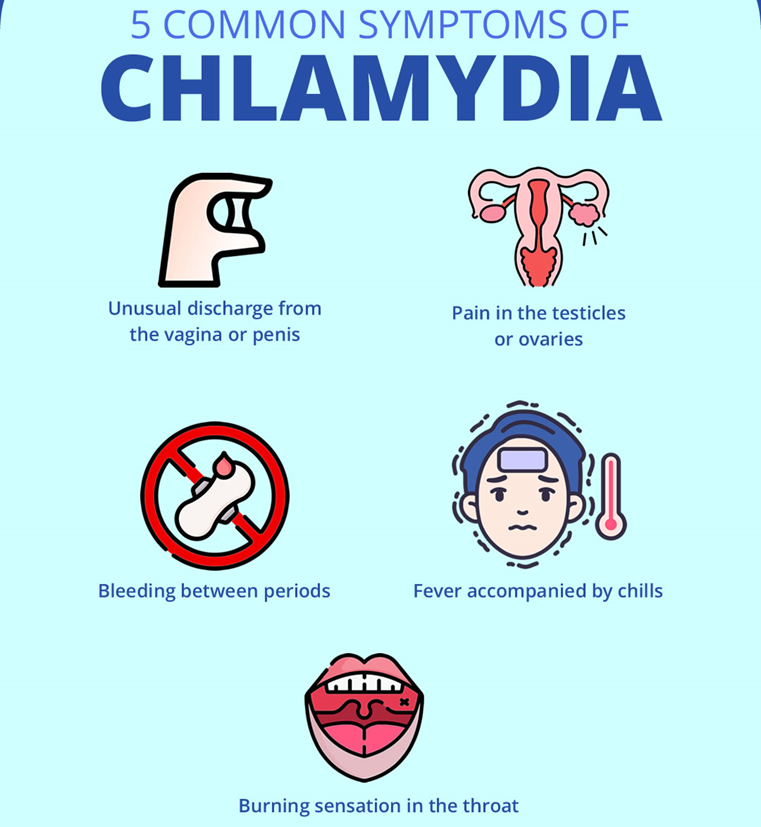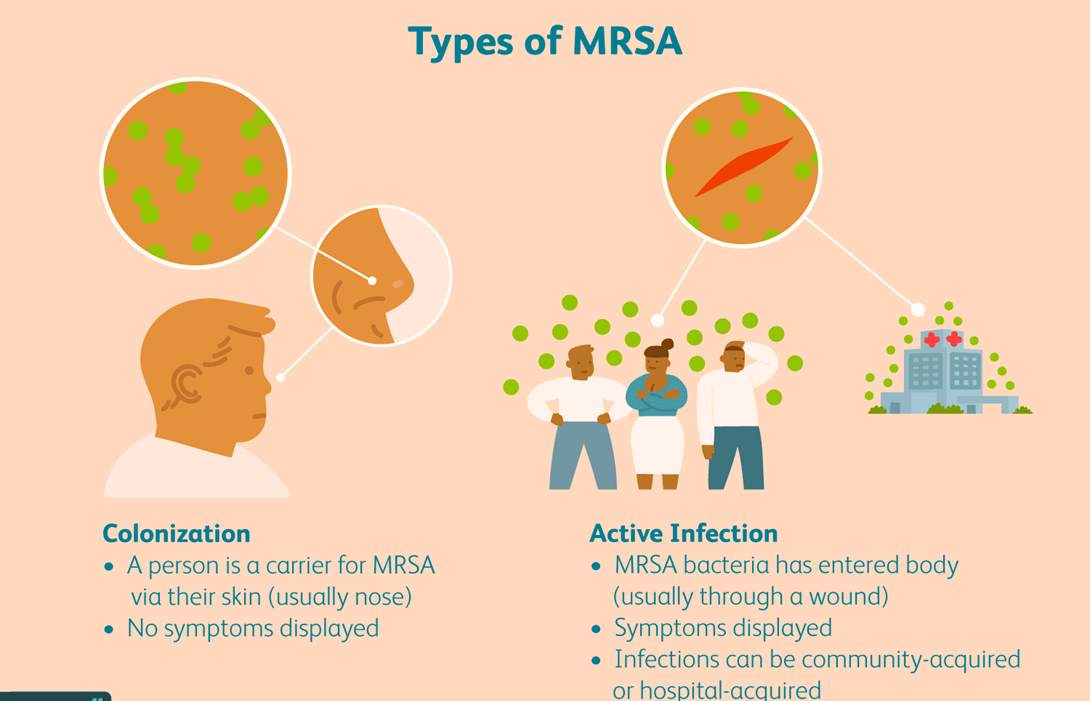A nurse at a local health department is caring for several clients. Which of the following infections should the nurse report to the state health department?
Chlamydia.
Herpes simplex virus.
Group B Streptococcus B hemolytic.
Human papillomavirus.
The Correct Answer is A
Choice A reason: Chlamydia is a reportable infection to the state health department. Chlamydia is a sexually transmitted infection caused by the bacterium Chlamydia trachomatis. It can cause pelvic inflammatory disease, infertility, ectopic pregnancy, and neonatal complications. Reporting chlamydia cases can help to monitor the prevalence, incidence, and trends of the infection, and to implement prevention and control measures.

Choice B reason: Herpes simplex virus is not a reportable infection to the state health department. Herpes simplex virus is a common viral infection that causes oral or genital lesions. It can be transmitted through direct contact with the lesions or the infected fluids. There is no cure for herpes simplex virus, but antiviral medications can reduce the frequency and severity of the outbreaks.
Choice C reason: Group B Streptococcus B hemolytic is not a reportable infection to the state health department. Group B Streptococcus B hemolytic is a type of bacteria that can be found in the gastrointestinal or genital tract of some people. It can cause serious infections in newborns, pregnant women, and people with weakened immune systems. Screening and treatment of pregnant women can prevent the transmission of the bacteria to their babies.
Choice D reason: Human papillomavirus is not a reportable infection to the state health department. Human papillomavirus is a group of viruses that can cause warts or cancers in different parts of the body. It can be transmitted through sexual contact or skin-to-skin contact. There is no treatment for human papillomavirus, but vaccines can prevent some types of the virus that cause cervical cancer and genital warts.
Nursing Test Bank
Naxlex Comprehensive Predictor Exams
Related Questions
Correct Answer is D
Explanation
Choice A reason: Removing fresh flowers from the client's home is not an action that the nurse should take when caring for a client who has MRSA. Fresh flowers do not pose a risk of transmitting MRSA, and may provide some psychological benefits for the client.
Choice B reason: Wearing a mask when within 3 feet of the client is not an action that the nurse should take when caring for a client who has MRSA. MRSA is not an airborne infection, and a mask is not necessary to prevent its spread. The nurse should wear gloves and a gown when in contact with the client or the client's environment, and perform hand hygiene before and after the contact.
Choice C reason: Encouraging the client to use a HEPA filter in the house is not an action that the nurse should take when caring for a client who has MRSA. A HEPA filter is not effective in removing MRSA from the air, and may not have any impact on the client's health. The nurse should educate the client on how to clean and disinfect the surfaces and items that may be contaminated with MRSA, such as bedding, towels, and personal items.
Choice D reason: Double bagging soiled dressings in polyethylene bags is an action that the nurse should take when caring for a client who has MRSA. This is a standard precaution to prevent the exposure of other people or the environment to the infectious material. The nurse should also label the bags as biohazardous waste and dispose of them according to the agency's policy.

Correct Answer is A
Explanation
Choice A reason: The best first step for a community health nurse is to connect directly with the people who are most affected by the issue. Meeting with community members allows the nurse to assess their concerns, gather information on how the playground is currently used, and explore what resources and willingness the residents have to participate in solutions. This approach promotes community engagement, empowerment, and ownership of the issue, which are critical to ensuring that any interventions are both sustainable and culturally appropriate. Without this initial dialogue, actions taken may not address the true barriers or may fail to gain community support.
Choice B reason: Partnering with city officials and community members to improve the playground condition is not the first action that the nurse should take. This is a tertiary intervention that can help to restore the playground to its optimal state, but it does not address the immediate issue of the garbage accumulation.
Choice C reason: Working with local businesses to sponsor more trash receptacles in the playground is not the first action that the nurse should take. This is a secondary intervention that can help to prevent the recurrence of the problem, but it does not address the immediate issue of the garbage accumulation.
Choice D reason: Engaging families to monitor trash buildup in the playground focuses on surveillance and maintenance, but this step requires prior discussion and buy-in from the community. Asking families to monitor the site without first understanding their concerns, availability, and willingness could lead to resistance or lack of participation. This is a useful strategy after community dialogue has occurred but not as the first step.
Whether you are a student looking to ace your exams or a practicing nurse seeking to enhance your expertise , our nursing education contents will empower you with the confidence and competence to make a difference in the lives of patients and become a respected leader in the healthcare field.
Visit Naxlex, invest in your future and unlock endless possibilities with our unparalleled nursing education contents today
Report Wrong Answer on the Current Question
Do you disagree with the answer? If yes, what is your expected answer? Explain.
Kindly be descriptive with the issue you are facing.
